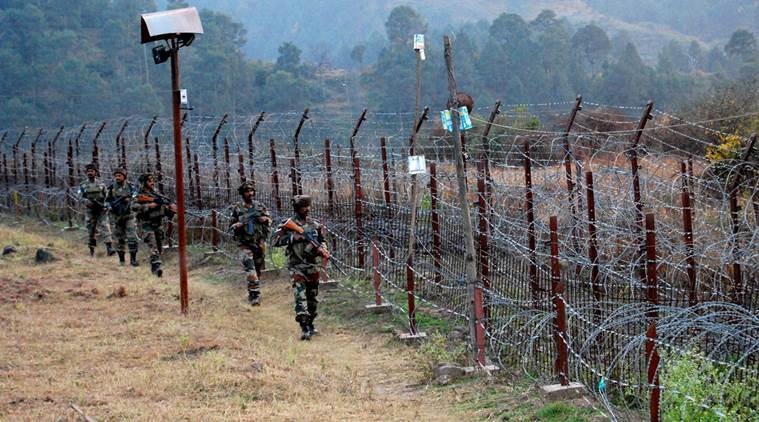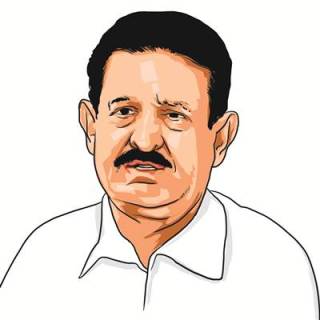Wider and deeper
India’s strategic calculus to eliminate Pakistan-sponsored terror must be multi-dimensional.

The devastating attack on the CRPF convoy on February 14 at Pulwama has caused outrage in the country. The Jaish-e-Mohammad, Masood Azhar’s terrorist outfit located in Pakistan, has owned up to the attack. Our diplomatic endeavours have ensured that the attack has been condemned in capitals across the world, including in Riyadh and Ankara, which routinely support Pakistan in its rants on Kashmir at the conferences of the Organisation of Islamic Countries. US National Security Adviser John Bolton stated that the US supports India’s right to self defence. India undertook an anti-terrorist air operation, destroying terrorist bases in Pakistan. This will have some salutary effect on Pakistan, but will it eliminate the terrorism emanating from the country?
In the strategic calculus of the Pakistan army, maintaining a controlled degree of hostility vis-a-vis India is essential. A hostile relationship with India enables the Pakistan army to maintain its primacy in that country. In addition, there is the desire for vengeance against India, which Pakistan blames for its dismemberment in 1971. The army has created an ecosystem in which terrorist groups can exist safely. These groups provide a cheaper option to an economically-weak Pakistan to bleed India. With the likely withdrawal of US troops from Afghanistan, the Pakistan deep state considers itself well poised to divert the products of its terrorist factories to India. Without a well-thought out strategy, we will be reacting to one terrorist attack after another. Such a strategy will need to be multi-dimensional.
The first element of our strategy must be to demonstrate to the Pakistan army that India can cause it excruciating pain if the ISI continues to sponsor terrorism against India. This requires creating a military capability which can cause significant damage at short notice. We do have conventional military superiority over Pakistan. However, the lack of political resolve and our inability to fight a two-front war has emboldened Pakistan. It is essential that our defence budget be enhanced over the next few years to build up a sufficient capability to act as a devastating deterrent. Alongside, we need to reorganise our military to be able to operate at short notice. Essential reforms are needed in the higher defence organisational structure to ensure efficiency and professionalism. These reforms must not be marred by political short-sightedness and bureaucratic self-interest.
The second element of the policy is coercive diplomacy, which has been steered well by our political leadership and foreign office. We have been able to successfully project Pakistan as the epicentre of terrorism. This lowers Pakistan’s image in the comity of nations, minimising foreign investment and economically weakening the country. Some deft diplomacy has also ensured that Pakistani workers find it difficult in foreign lands, including in Gulf countries, which adversely affects remittances. The cacophony demanding the total isolation of a country of the size and population of Pakistan is not a realistic expectation.
The third and the most important element must be our acceptance of the fact that a sizeable population in the Kashmir Valley has been alienated. This sustains militancy in Kashmir and allows Pakistan to fish in troubled waters. This alienation needs to be addressed through a political process. A perception of broken promises to Kashmir, of intolerance, persecution and victimisation of a religious minority in other parts of the country, causes distrust between the population of the Valley and the government. To maintain their indispensability, political parties in J&K are ever ready to exploit such sentiments.
One lesson from the elimination of militancy from Punjab is that as long as dissonance over perceived or real grievances continued between Delhi and Punjab, Pakistan managed to keep the militancy alive in the state. For militancy to flourish, local support is the oxygen which provides logistics and intelligence to militants. Once the dissonance between Punjab and Delhi was eliminated by positive political action, the militancy dried up. Similarly to eliminate militancy from Kashmir, it is most essential to eliminate dissonance between Delhi and the Valley. All options should be open to find a political solution within the territorial and constitutional framework of the Indian Union.






































No hay comentarios:
Publicar un comentario